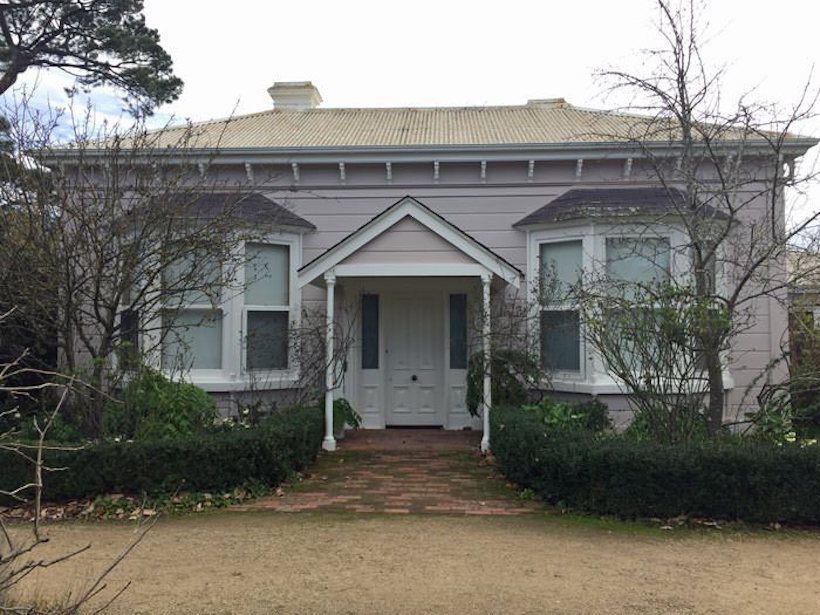This weekend, my partner and I visited the Heide Museum of Modern Art. It sits at the edge of park lands that we have visited many times. I’ve never been prompted to visit Heide because although I know that modern art encompasses several movements, many of which I love, I tend to immediately associate modern art with abstract art that I won’t understand or like. So, I was in no rush to visit.
Last week I finished reading The Strays, the award-winning debut novel by Melbourne-based writer Emily Bitto. I first saw Bitto on a panel called ‘WTF is Women’s Fiction?’ at the 2015 Melbourne Writers Festival. I liked how she spoke and what she had to say and I made a mental note to pick up her novel. I saw her again at the Emerging Writers’ Festival last year. I made a mental note to pick up her novel. A few months ago, I saw her speak again alongside Heather Rose, author of The Museum of Modern Love, another Stella Prize winner. Finally, I purchased Bitto’s novel.
The Strays tells the story of a community of modernist artists whom Evan and Helena Trentham have gathered and welcomed into their spacious home. The novel is set in Melbourne, opens in the 1980s, and transports us to the 1930s as the narrator, Lily, looks back at her time with the Trenthams. As a child, she was enchanted by this extravagant, bohemian world that she stepped into via her friendship with Eva, one of three Trentham daughters. The girls are largely left to their own devices and the results are devastating.
The Trentham girls are neglected. They eat or not, wash or not, go to school or not. They steal drugs from the artists, drink copious amounts of wine, witness adult behaviours, and are victimised in their own home. As I read it, I couldn’t help but think of the Forgotten Australians, the real-life children who were removed from their homes and placed in institutional care due to various reasons, neglect among them. It’s easy to notice neglect in poor people. It’s harder to see it (or easier to ignore) when a child lives in a mansion, wears fine clothes, and has a private driver.
After I finished reading the novel, I learned that the strays were inspired by the Heide circle, a group of artists brought together by art benefactors John and Sunday Reed. This group included well-known Australian artists Albert Tucker, John Perceval, Sidney Nolan, and Joy Hester. They lived and worked at Heide, a former dairy farm purchased by the Reeds in 1934. The Heide is now a museum.
The Heide Museum of Modern Art is comprised of three distinct exhibition buildings on sixteen acres of heritage gardens and a sculpture park. There’s the original house, now known as Heide I, where Nolan painted his famous Ned Kelly series. There’s Heide II, a modernist building that Reed commissioned in 1964. The Reeds died in 1981 and the third building, a purpose built museum space called Heide III, was added in 1993. There’s also a cafe occupied by Cafe Vue. We had lunch there and it was delicious (as you would expect from the Vue de Monde family). Bookings are recommended.
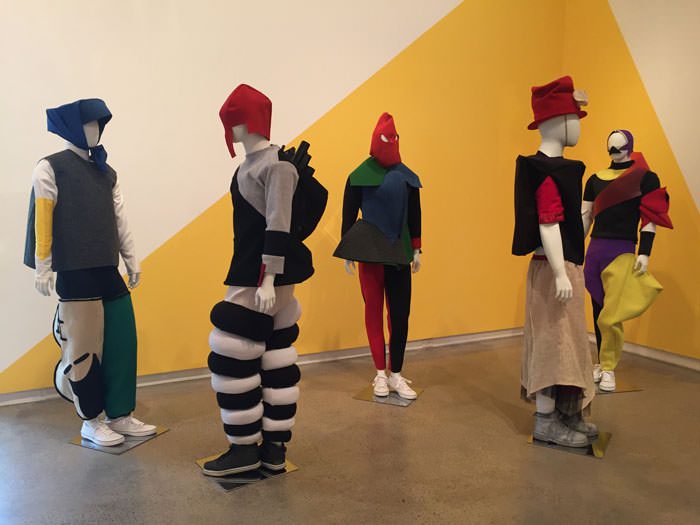
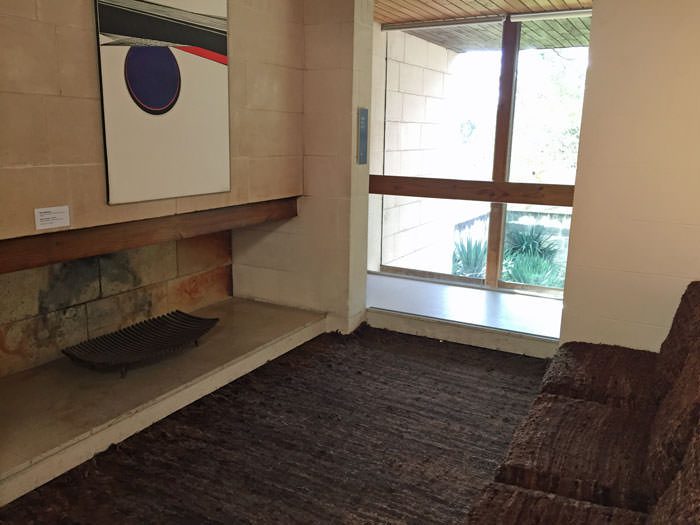
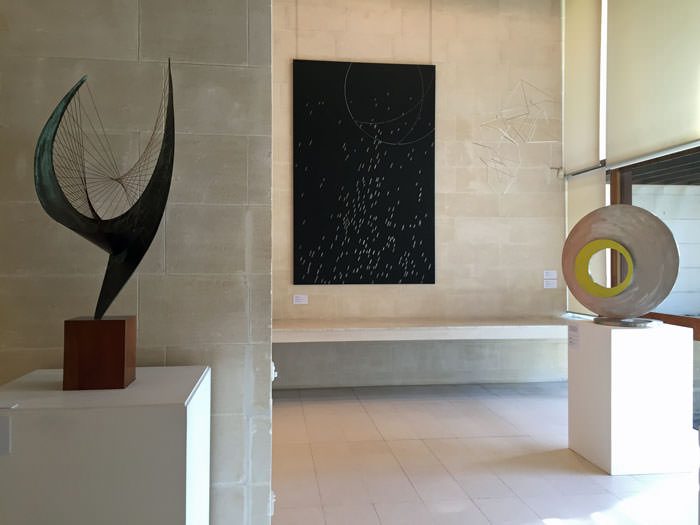
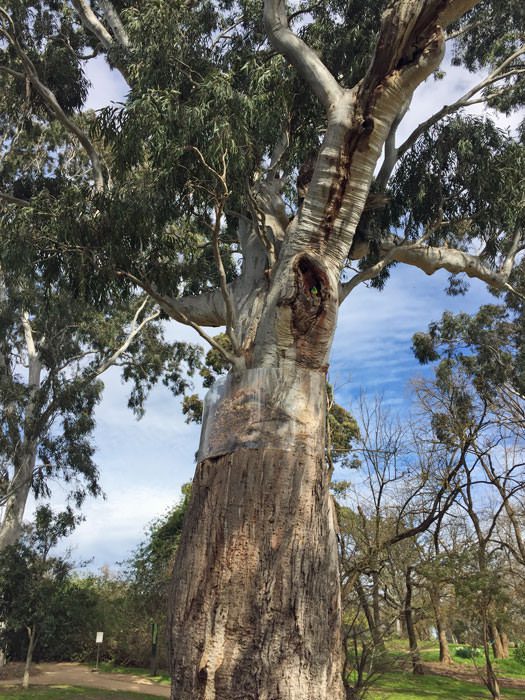
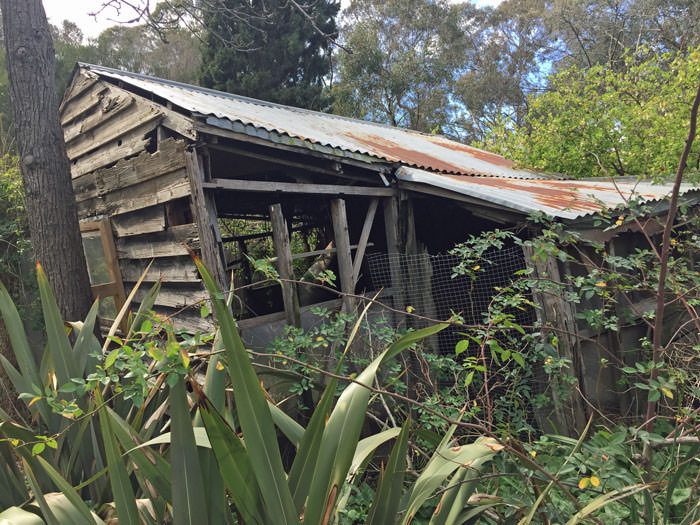

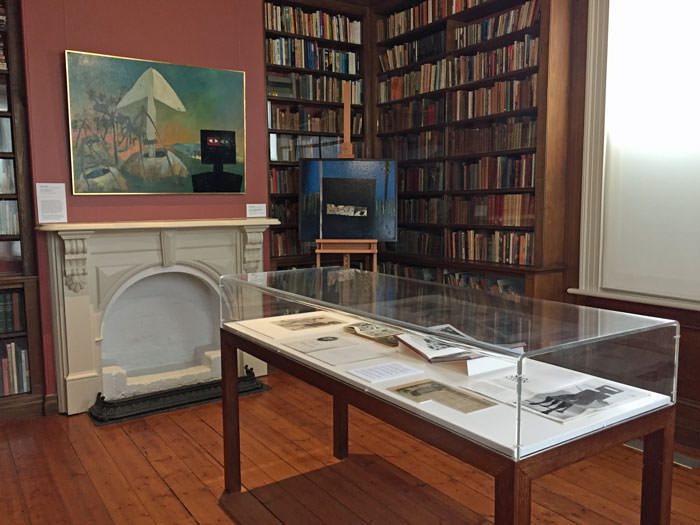
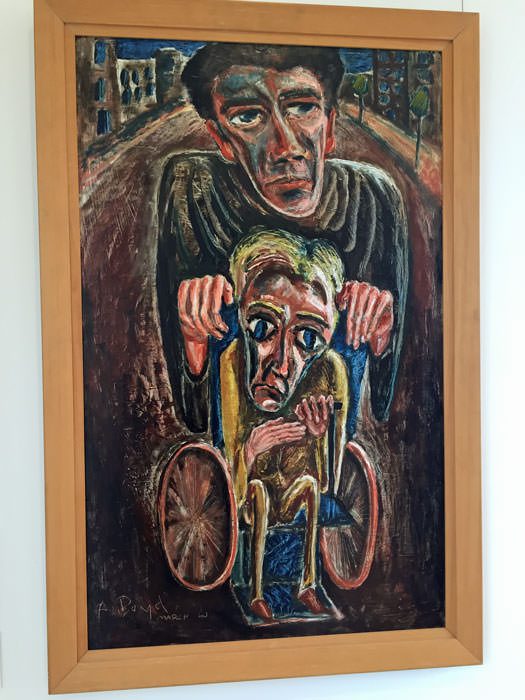
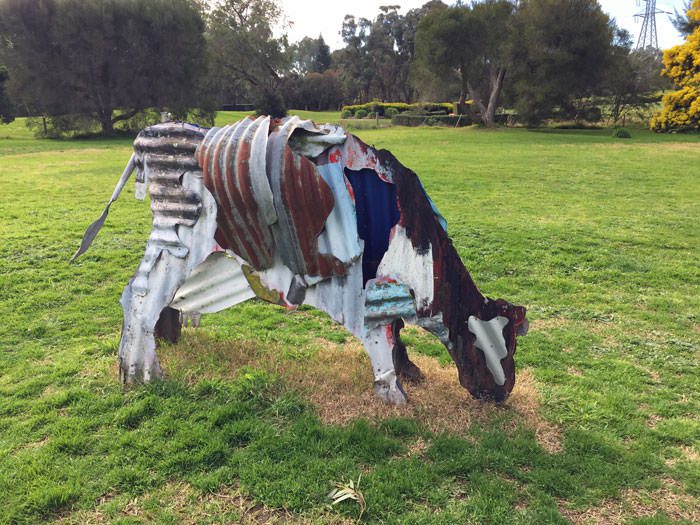
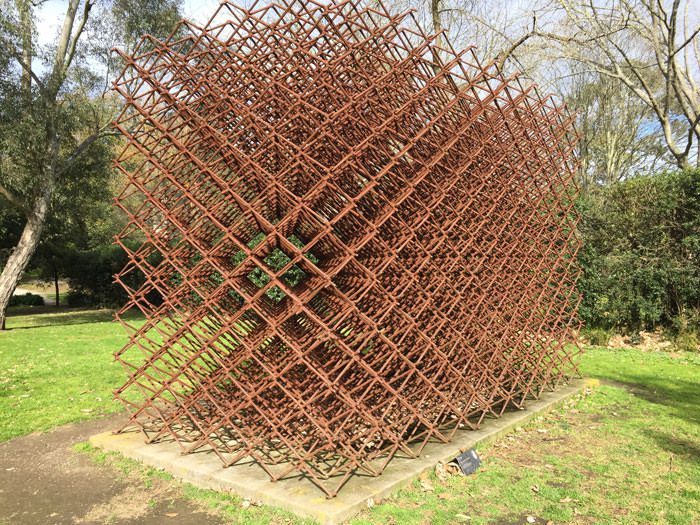
Bitto described the Heide circle as a jumping off point for her novel. Although readers with greater familiarity of the Heide circle and the period may find historic parallels, The Strays is not their story. I enjoyed The Strays and I recommend it to anyone who likes to read about art, female friendships, what it’s like to live on the fringes, the things we tell and the secrets we keep. And visit the Heide Museum of Modern Art one sunny day. For more information, visit the museum’s website.

